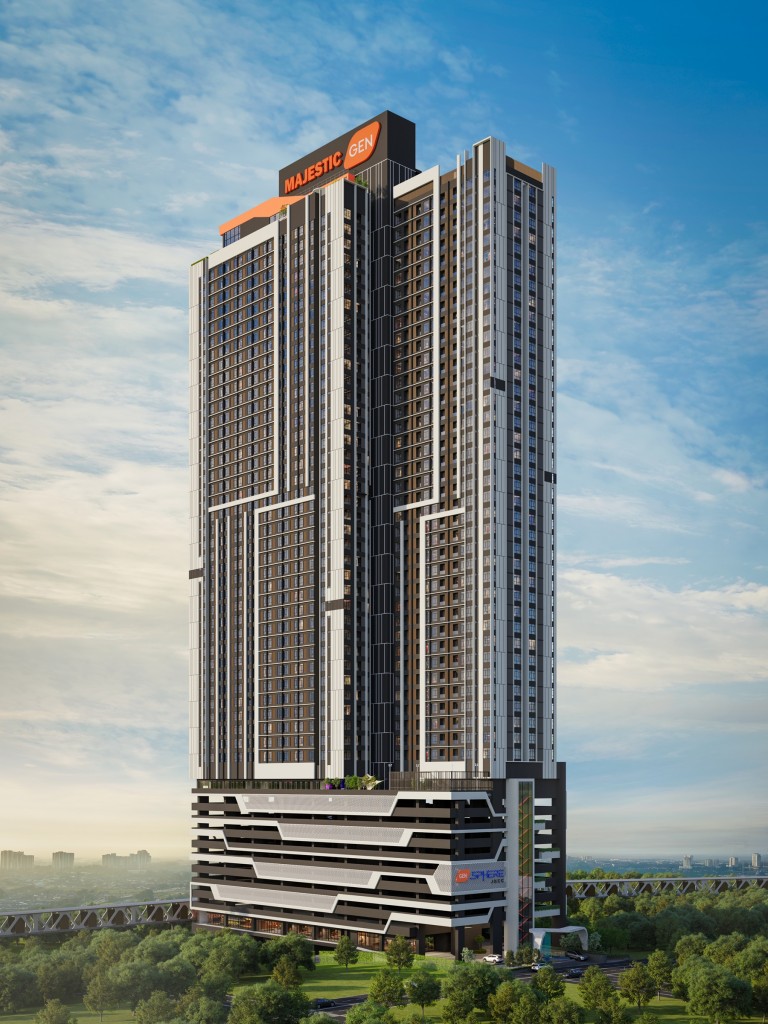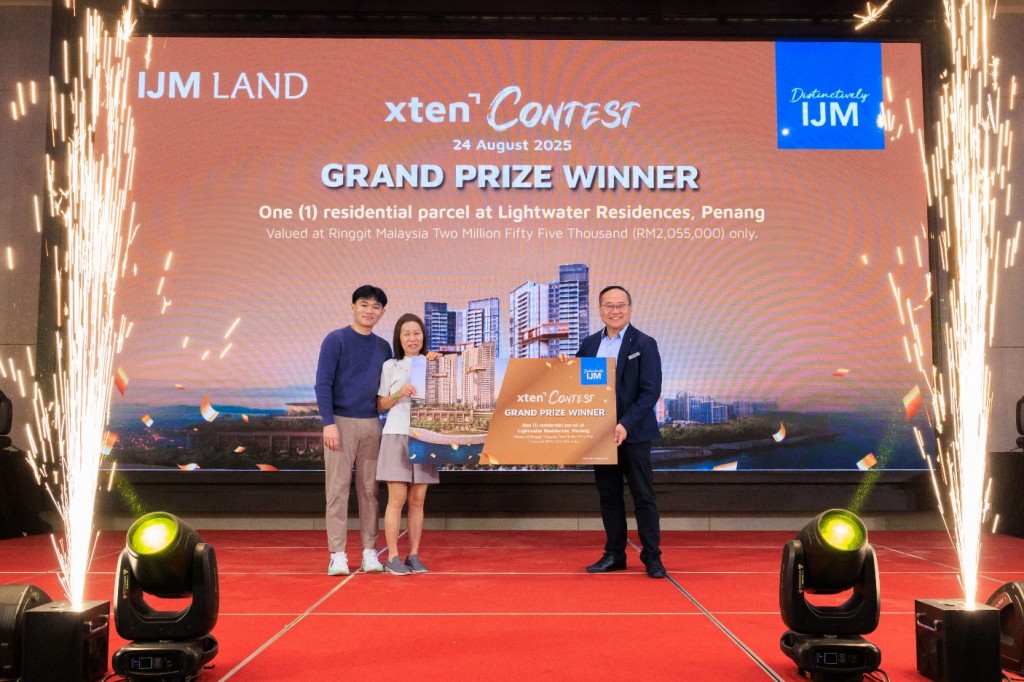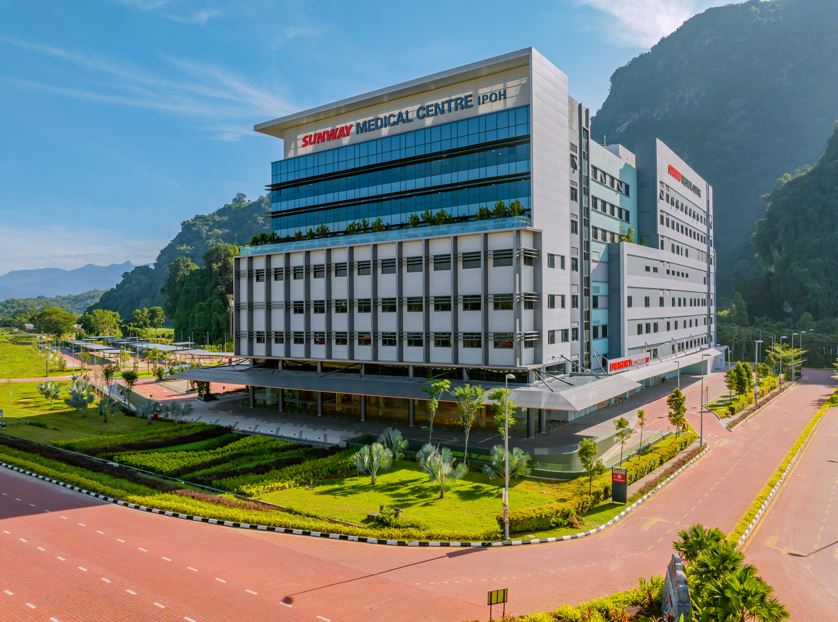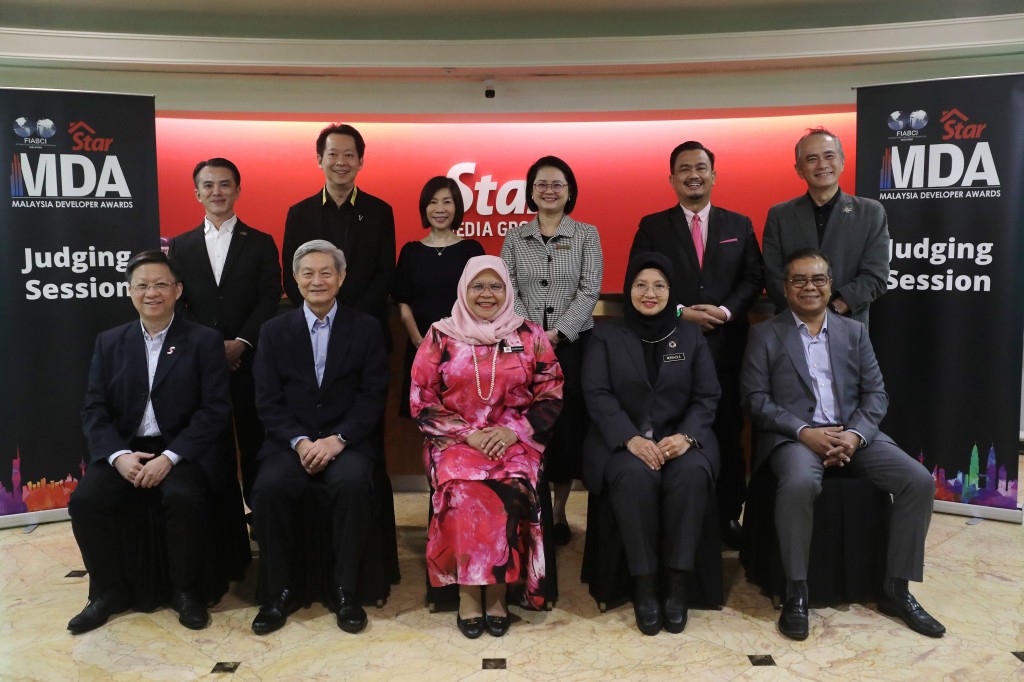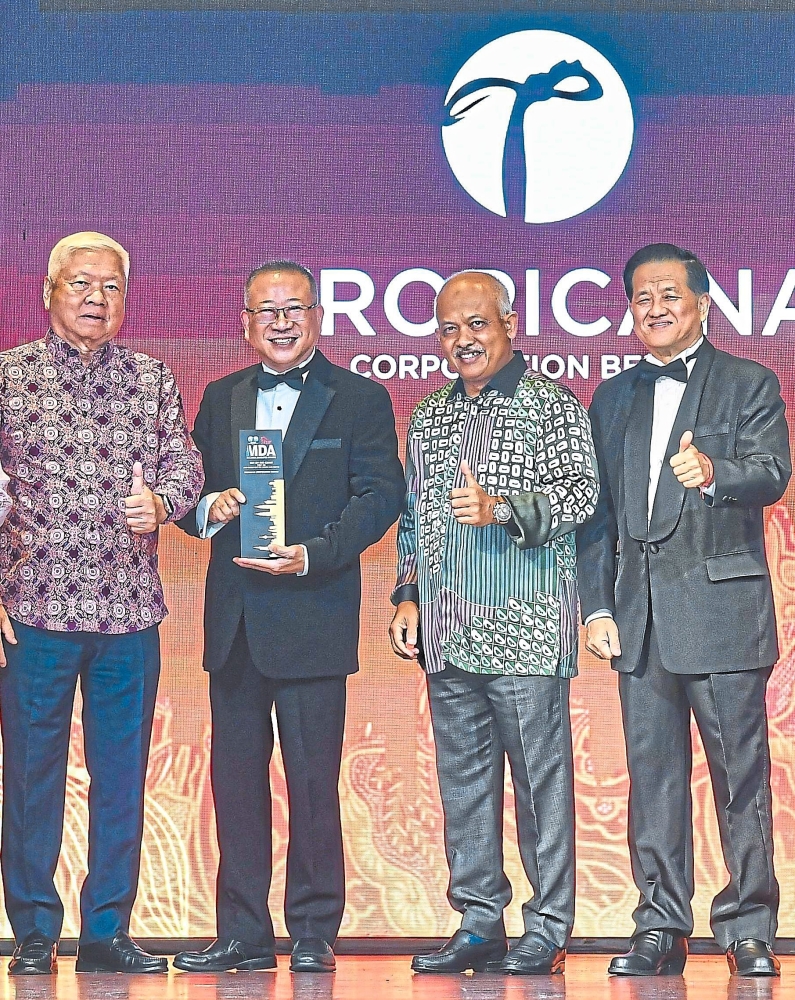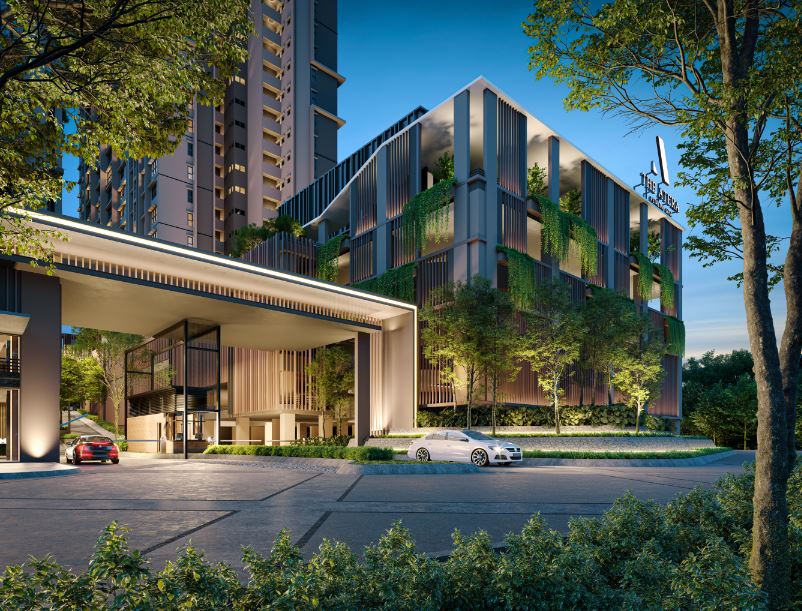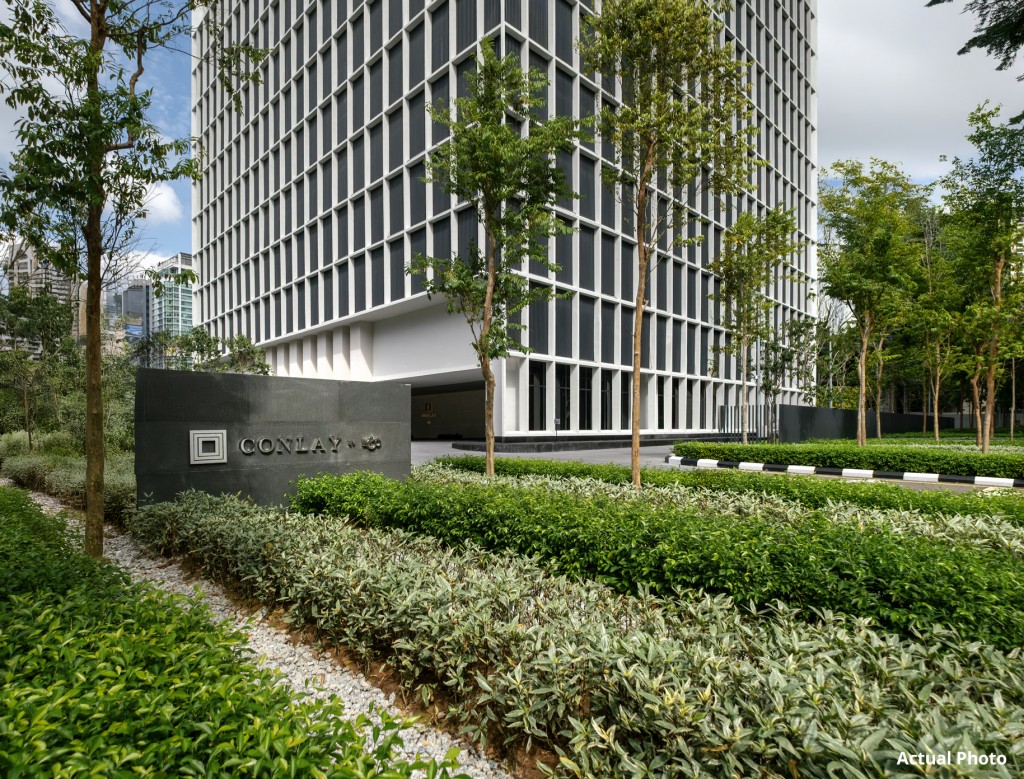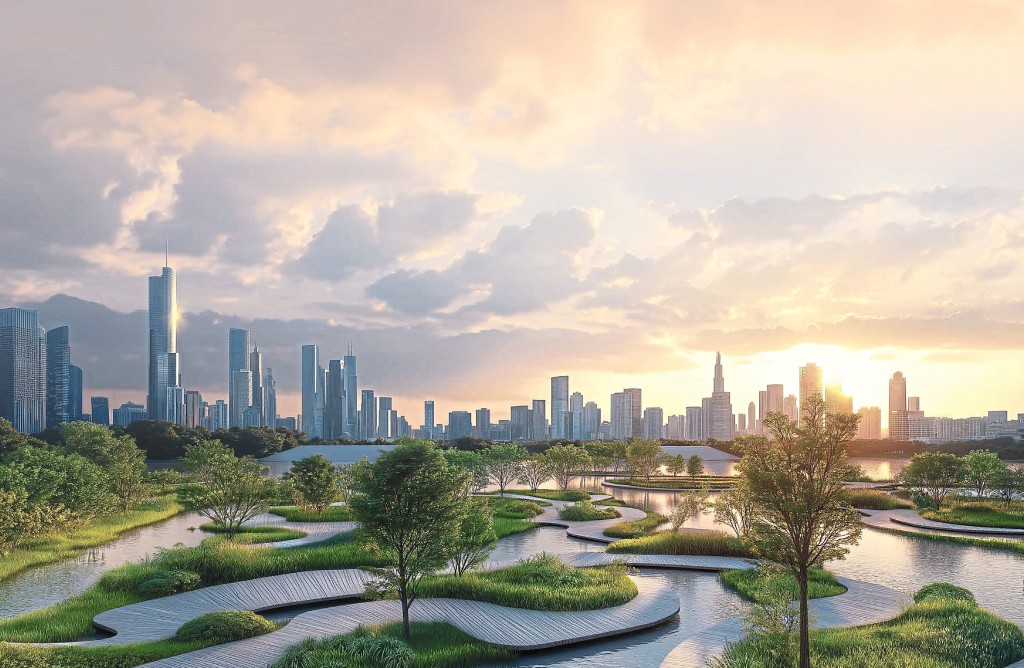Infrastructural advancements, government initiatives and strategic investments on the rise
As a mitigative knight in shining armour against the pressures of the US tariffs, the highly charged and rapid forces pushing Johor Bahru’s property landscape are quickly making their mark in the race against time. The 24% tariff rate imposed on Malaysia by US President Donald Trump will be hedged by several catalyst projects and government initiatives, such as the Johor-Bahru-Singapore Rapid Transit System (RTS) and the Johor-Singapore Special Economic Zone (JS-SEZ).
In response to the oppressive tariffs, the Malaysian government has ascertained that diversifying its export markets to countries such as Kenya and Algeria is a viable course of action. Reports, however, indicate that most of their focus has been on developing the region down south which is simply exploding with potential.
With more than 300,000 Malaysians travelling across the Johor-Singapore Causeway daily, it is one of the busiest international routes in the world. Unfortunately, the physical and mental tradeoff for the favourable exchange rate is steep. That is why the local population, especially the local Johor residents who commute across the Causeway daily, are eagerly awaiting the final construction of the RTS.
In addition to the RTS, the Elevated Automated Rapid Transit (E-ART) system has been the talk of the town lately. Expected to connect to the main interchange station at Bukit Chagar and ultimately support the RTS, the 32-station E-ART system will significantly ease traffic congestion and improve mobility to reach the state’s low-carbon agenda. The final alignment proposal is estimated to be announced in August.
Developer sentiments
Several property giants with key landbanks in Johor have been actively preparing for the upcoming RTS and JS-SEZ. Viewed as the catalysts that will strengthen investor confidence, these game-changers are constantly pushing Johor into the limelight.
“The Johor–Singapore Special Economic Zone marks a new phase of economic design, requiring system-level thinking, integrated platforms and cross-border scalability. As Johor’s strategic development institution, Johor Corporation plays a central role in enabling this design to take shape,” said Johor Corporation president and chief executive officer and JLand Group (JLG) chairman Datuk Syed Mohamed Syed Ibrahim.
He further elaborated on JLG's regional strategy, which is focused on building resilient, intelligent communities that enable long-term socioeconomic impact, to reinforce Johor’s emergence as Southeast Asia’s next-generation innovation corridor.
IOI Properties Group Bhd southern region chief operating officer Lim Beng Yeang has high hopes for the JS-SEZ as well as some concerns. “The JS-SEZ is establishing itself as a hub for high-value investments with attractive tax incentives, which include special corporate tax rates for knowledge workers. This flagship zone will focus on manufacturing, business services, digital economy, energy and green economy, food security, health, logistics and tourism. The impact on IOI Industrial Park will be positive,” said Lim at an exclusive interview with StarProperty at the IOI show gallery at Bandar Putra Kulai.
“Aside from current geo-political issues and global market volatility from on-going US tariffs and sanctions, the main challenges facing us and the industry are rising construction costs, shortage of skilled workers, increasing compliance costs, higher regulatory requirements and bureaucratic approval process. All these industry issues are rather complex and require collaboration and commitment from all stakeholders, ie, developers, financial institutions, policymakers and regulatory authorities to address these systemic challenges to ensure a sustainable and thriving property market,” he lamented.
Mah Sing Group Bhd (Mah Sing) shared that local investors are increasingly viewing Johor as a long-term growth corridor while foreign investors from Singapore and China have been actively exploring residential opportunities given the proximity, incentives and cost advantages. However, amid the rapid developments, the giant sees challenges in navigating the evolving regulatory framework, with concerns mostly regarding how to ensure their projects align with the requirements and benefits of the zone. Additionally, the fierce competition expected to arise will have its flames fanned further as more developers pounce on opportunities.
Mah Sing group chief executive officer and executive director Datuk Voon Tin Yow also echoed similar sentiments regarding rising construction costs. “For residential projects, maintaining affordability while managing rising construction costs is another ongoing concern. In the industrial segment, matching the infrastructure needs of high-tech tenants is critical. Mah Sing is actively engaging with government stakeholders to stay ahead of policy developments while also innovating in design and construction to maintain cost efficiency. We are also investing in smart infrastructure and sustainable solutions to future-proof our offerings and ensure long-term for our buyers and partners,” shared Voon.
On the other hand, IJM Land Bhd is concerned about accessibility. “There are always challenges in any major development and the JS-SEZ is no exception. With the JS-SEZ expected to bring in more people, one of the key challenges will be ensuring adequate accessibility. As the population grows, Johor must invest in improving road infrastructure, upgrading highways and enhancing public transportation to support the influx of residents and workers. Furthermore, the escalating trade war tensions have created uncertainty and this may affect buyers’ sentiment in investing in big-ticket items such as properties,” said IJM Land senior general manager Soh Wai Fong.
When asked how their issues can be mitigated, he brought up a phased launch strategy. “To avoid a potential housing overhang, we rely on data-driven planning and adopt a phased launch strategy that responds to real market demand, rather than guessing or overbuilding. We also prioritise a well-balanced supply mix, offering affordable, mid-range and lifestyle properties to ensure we’re meeting the diverse needs of the community,” said Soh.
Booming property types
How have developers been navigating Johor’s new property boom? Despite the influx of foreign demand and ever-changing landscape, one thing has remained constant and that is the popularity of terraced houses. According to real estate consultancy firm Knight Frank with data extracted from the National Property Information Centre (Napic), two- and three-storey terraced houses have been the most transacted type of residential properties in the district of Johor Bahru from 2020 to 2024. This property type has consistently accounted for between 39.2% and 44% of annual residential transaction volumes respectively.
Single-storey terraced houses have remained the second most transacted property type from 2020 to 2024, with shares ranging between 12.8% and 19%. However, the serviced apartment segment gained traction in 2023, securing 12.6% of transaction volume and overtaking single-storey terraced houses that were standing at 11% in 2024.
According to Napic, the majority of two- to three-storey terraced house transactions in Johor Bahru from 2020 to 2022 were concentrated within the RM400,000 to RM700,000 price range, indicating that transaction prices for this property type remained relatively resilient despite the economic challenges brought on by the Covid-19 pandemic.
However, since 2023, there has been an upward shift, with a growing number of transactions recorded in the RM700,000 to RM800,000 price range. This reflects increasing buyer acceptance of higher price points, likely driven by improved market sentiment in Johor, alongside inflationary pressures such as rising construction and land costs.
As for the types of properties most launched, serviced apartments took the crown for most high-rises launched, likely due to the staggering number of high-rise properties being built near the anticipated RTS Link. For most launched landed properties, the title once again went to two- and three-storey terraced houses standing at 69.8% and 77.9% of total landed launches from 2022 to 2024.
In terms of price ranges, there have been some transformative shifts. For serviced apartments, the majority of new launches from 2022 to 2024 have been concentrated in the mid- to upper-mid price range, particularly between RM500,000 and RM800,000, accounting for approximately 45.8% to 51% of total launches.
Notably, units priced above RM1mil have also formed a relatively significant share of 23.2% to 24.6% over the review period. This price trend likely reflects developers’ focus on lifestyle-oriented products, particularly in the JB city centre area, where demand is supported by foreign investors and Malaysians working in Singapore.
For two- to three-storey terraced houses, a significant share of new launches in 2022 were priced between RM600,000 and RM800,000 per unit, representing a notable 37.5% of total launches in this category. However, there has been a noticeable upward shift in pricing, with a significant portion of units launched within the RM700,000 to RM900,000 price range, accounting for 52.5% and 43% of launches in 2023 and 2024 respectively.
This may be attributed to the post-pandemic market recovery, alongside elevated land and construction costs. As expected, vertical housing is all that has been observed in the city centre recently.
Race against time
The Johor Bahru city centre stands at a pivotal juncture, navigating the complexities of economic pressures like US tariffs while harnessing the transformative potential of key infrastructure projects like the RTS and the JS-SEZ. As a flagship initiative, the JS-SEZ is designed to attract high-value investments, leveraging its strategic location and favourable tax incentives to bolster economic growth and create an ecosystem conducive to innovation. The proactive stance taken by developers and the Malaysian government reflects a shared vision to elevate Johor into a competitive player on the global stage, emphasising collaboration across sectors to address existing challenges.
Despite the optimistic outlook, the journey is not without hurdles and is far from over. Rising construction costs, a shortage of skilled labour and bureaucratic complexities pose significant challenges that require concerted efforts from all stakeholders involved. Developers like IOI Properties and Mah Sing Group are attuned to these conditions yet remain optimistic about the long-term prospects of Johor as a thriving real estate market. Their focus on sustainable and resilient development will be crucial in ensuring that projects align not only with JS-SEZ requirements but also with the broader goal of creating a high-quality living and working environment.
As more investors, both local and foreign, set their sights on Johor, the region is ready for sustained growth. The unbeatable combination of infrastructural advancements, government initiatives and strategic investments will play a critical role in shaping Johor's future, potentially establishing it as an economic powerhouse in Southeast Asia. Thus, the ongoing developments in the Johor Bahru City Centre mark what Malaysians and global investors are dubbing the beginning of a new era, promising a vibrant landscape for both businesses and residents alike.
Stay ahead of the crowd and enjoy fresh insights on real estate, property development and lifestyle trends when you subscribe to our newsletter and follow us on social media.





